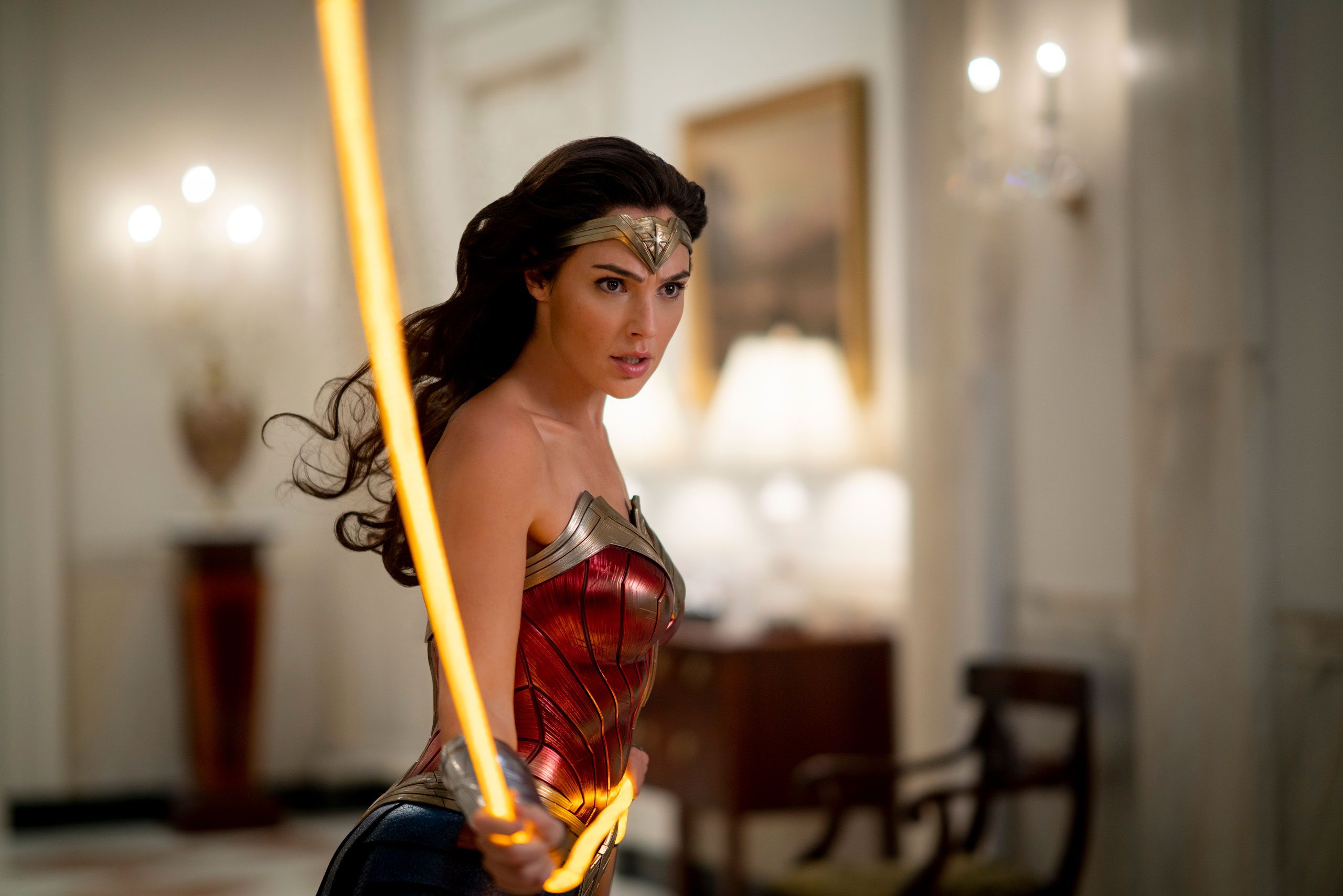The fight between Wonder Woman and Cheetah in comic books, movies, and TV shows can reveal messages and themes that can be analyzed through a feminist lens. Wonder Woman is portrayed as a strong, independent woman and a feminist icon, while Cheetah is her arch-nemesis with cheetah-like abilities seeking revenge on Wonder Woman. The fight highlights themes such as sexualization, violence, and agency that can be examined from a feminist perspective. It questions the portrayal of female characters as sexual objects, the glorification of violence in media, and the need for female characters to have control over their decisions and actions.
Wonder Woman vs. Cheetah: A Feminist Take on Superhero Fights
Superhero fights have always been a staple of comic books, movies, and TV shows. They provide viewers with an adrenaline rush and a sense of awe, as they witness powerful beings clash in an epic battle. However, these fights can also reveal underlying messages and themes. One such fight is between Wonder Woman and Cheetah.
The Characters: Wonder Woman and Cheetah
Wonder Woman is a DC Comics superhero created by William Moulton Marston in 1941. She is an Amazonian princess named Diana, trained in combat, and armed with her signature Lasso of Truth, bracelets, and tiara. She is portrayed as a strong, independent woman and a feminist icon.
Cheetah, on the other hand, is one of Wonder Woman’s arch-nemesis, created by William Moulton Marston and Harry G. Peter in 1943. She is portrayed as a woman with cheetah-like abilities, claws and sharp teeth, who seeks revenge on Wonder Woman for different reasons depending on the version.
The Fight: Symbols and Themes
At first glance, the fight between Wonder Woman and Cheetah may seem like a typical superhero brawl, with both combatants exchanging blows and powers. However, a closer look reveals several symbols and themes that can be analyzed through a feminist lens.
The Male Gaze
In many depictions of Wonder Woman and Cheetah, the two characters are sexualized, with revealing outfits and poses that cater to the male gaze. This can be seen as a way to diminish their power and make them objects of desire, rather than fully fleshed-out characters.
By analyzing the fight between the two characters through a feminist lens, we can question the portrayal of Wonder Woman and Cheetah’s sexualized appearance in the media. It can also highlight the importance of creating female characters that are not just sexual objects, but complex individuals with their own personalities, motivations, and stories.
The Representation of Violence
The use of violence is a prevalent theme in superhero fights, and Wonder Woman vs. Cheetah is no exception. However, the impact of this violence on female characters should also be examined from a feminist perspective.
Women are often portrayed as victims of violence in media, which can reinforce harmful stereotypes and justify real-life instances of gender-based violence. By examining the fight between Wonder Woman and Cheetah through a feminist lens, we can question the glorification of violence in the media and how it can exacerbate harmful gender dynamics.
The Importance of Agency
In the fight between Wonder Woman and Cheetah, agency plays a central role. Both women have their reasons for fighting, and their actions and decisions are crucial to the outcome of the battle.
Analyzing the fight through a feminist lens emphasizes the importance of agency and the need for female characters to have control over their decisions and actions. This can extend to real-life situations, where women are often denied agency and autonomy, whether in the workplace, in relationships, or in society at large.
Conclusion
The fight between Wonder Woman and Cheetah is more than just a superhero brawl. It can be analyzed through a feminist lens, highlighting several themes and symbols that are relevant to real-life gender dynamics. By examining the portrayal of violence, sexualization, and agency in media, we can challenge harmful gender stereotypes and promote a more equal and inclusive society.
